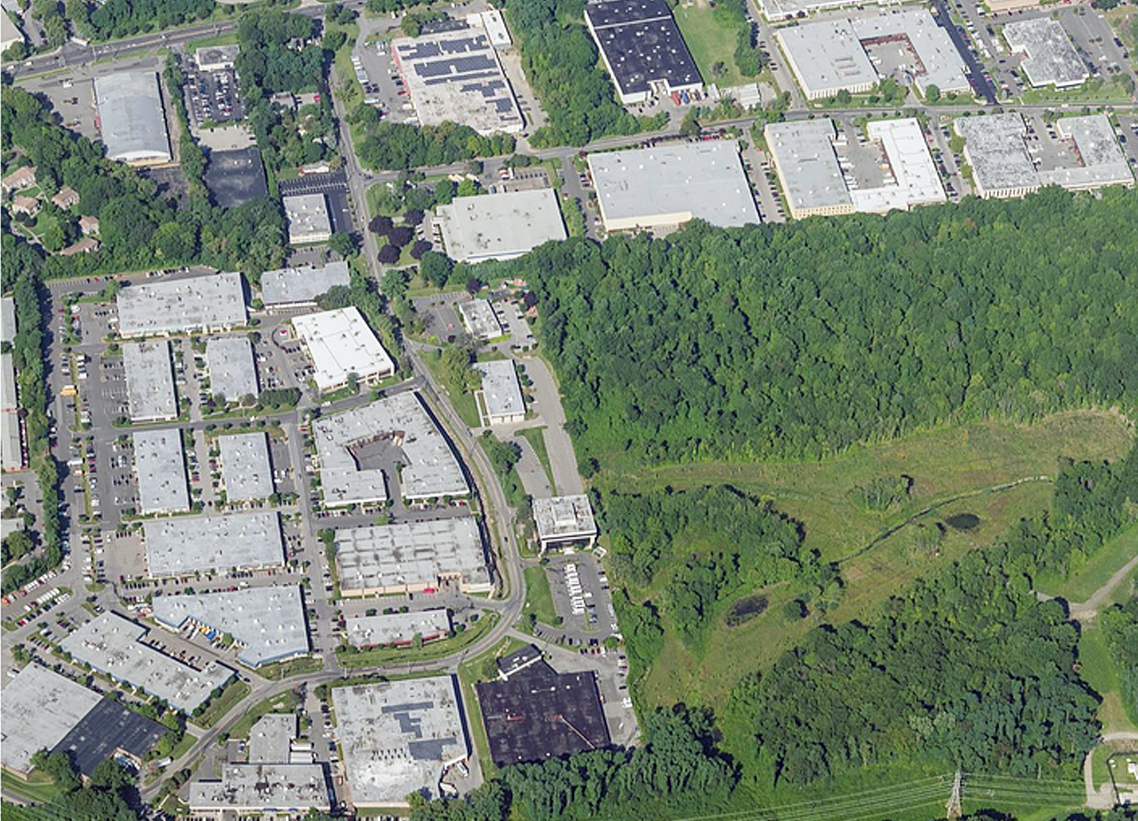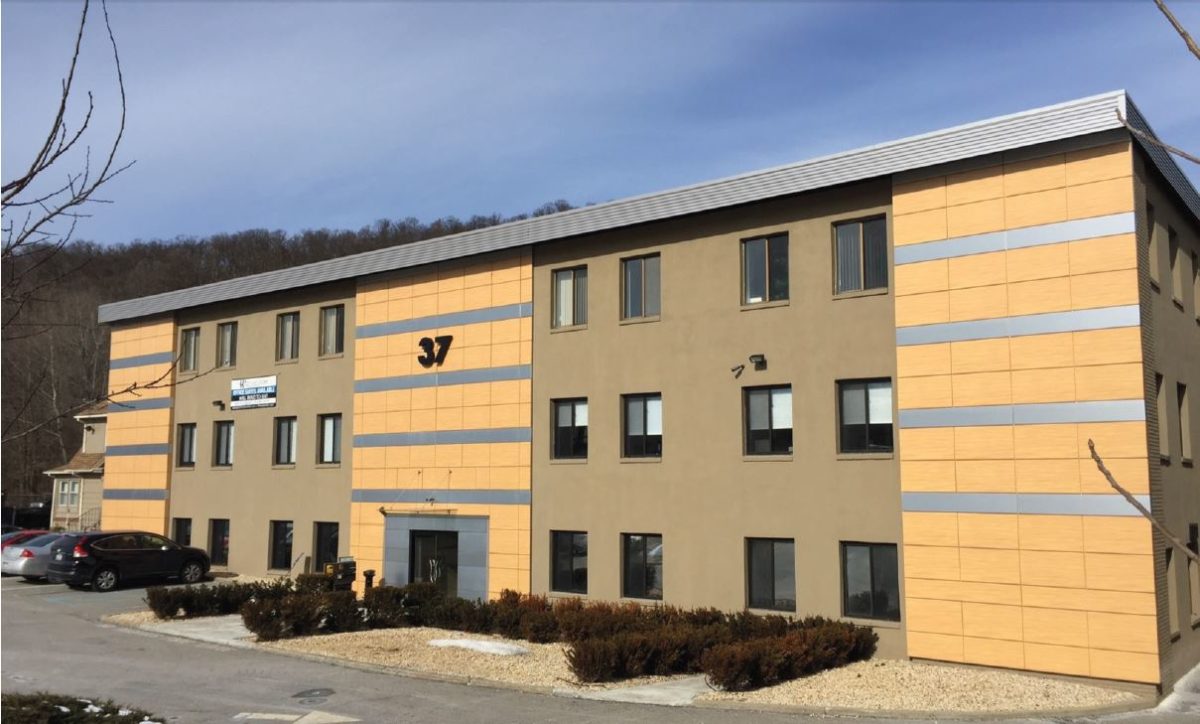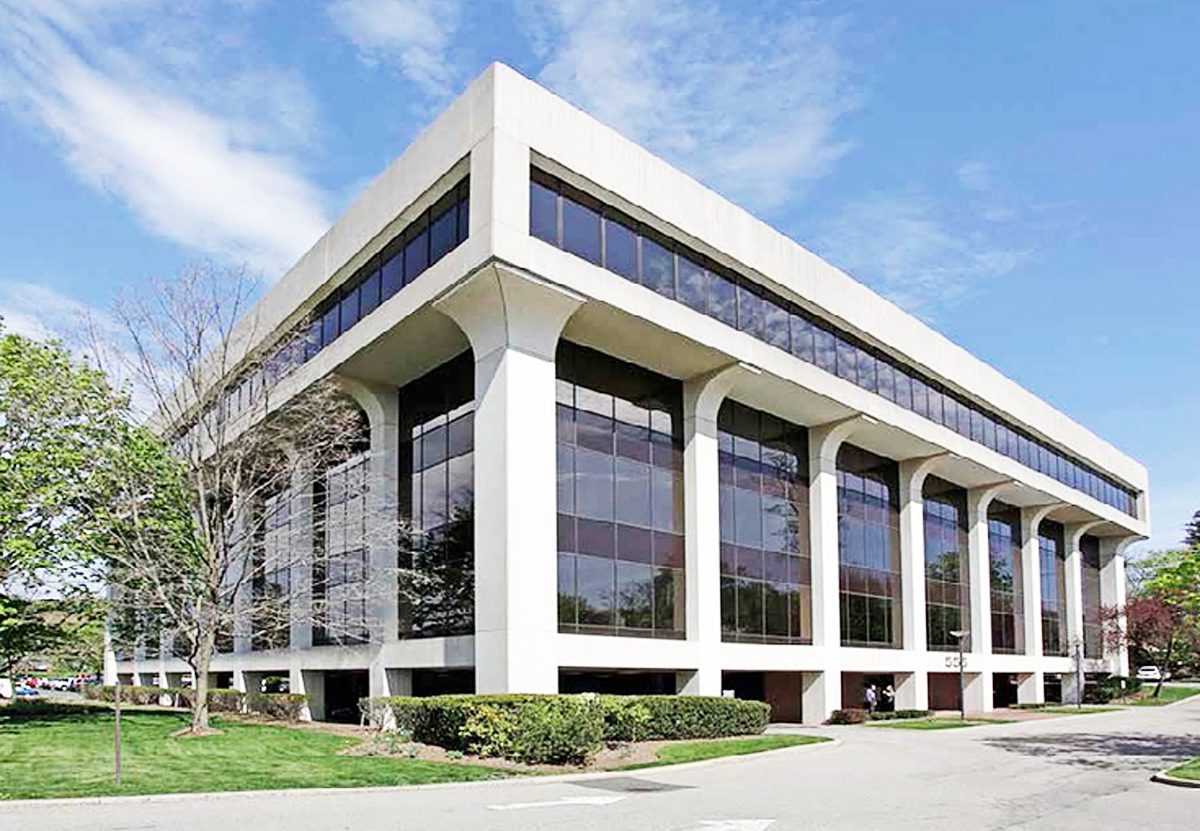Although the evidence is anecdotal, there appears to be at least a growing curiosity about Westchester office space among some companies located in New York City.
The COVID-19 outbreak has created heightened awareness of such items as just how dense the city is, how dependent on tightly packed elevators people are when moving around in skyscrapers and how nice it”™s been not to have to commute into Manhattan while doing one”™s part to combat the virus by working from home.
“We”™ve had a number of inquiries from small and midsize companies who are either currently in the city with offices looking to move their companies up to Westchester because the principals live up here or looking to open up satellite offices in the suburbs,” Garry Klein, regional manager of the commercial division at Houlihan Lawrence and a White Plains resident, told the Business Journal.
“I think for a lot of these business owners the city has been getting very pricey over the past number of years and they have been I think on the fence about contemplating moving their offices, at least some of their offices, to the suburbs, and I think the COVID pandemic has kind of pushed that ”˜hot”™ button and has accelerated those decisions,” Klein said.

“They have an opportunity to save money by going from 10,000 square feet at $70 or $80 a foot in the city to about 5,000 square feet with half of their employees working remotely, which they discovered through this pandemic they can do, and rent 5,000 square feet at high $20s or low $30s per foot.”
Klein said that many users of warehouse and flex space have been priced out of New York City for some time and the interest in Westchester that he”™s been seeing recently comes from users of office space. He said inquiries have come from professionals in the accounting, legal and insurance areas.
At the same time, one of the county”™s major players in various real estate sectors, including office, flex, warehouse, residential and retail, the Robert Martin Co., reports receiving inquiries for various types of space from New York City businesses.
WHO”™S INQUIRING?
“Many if not most of the businesses in the city are represented by brokers and so we”™ve had a number of brokers call with inquiries,” Robert Martin”™s CEO Tim Jones told the Business Journal. “It”™s been a wide range. We”™ve heard there have been a lot of discussions about opening satellite offices, not large relocations, particularly for their people who live in the suburbs in Westchester and Fairfield County and have gotten used to not taking mass transit and are concerned about taking mass transit right now,” Jones said.


“Three to five years is what they”™re talking right now about office space,” Jones said. “We are doing virtual tours. We”™ve put some of our spaces onto software. There”™s definitely interest in the office space. We”™ve also had several warehouse and industrial tenants who are in the Bronx and some degree in Brooklyn and Queens also looking and we have a number of active leads there, maybe eight or 10 leads.”
Klein said that the phones at Houlihan Lawrence have been busy with inquiries.
“For example, I represent a property in Hawthorne at 37 Saw Mill River Road. It”™s an office building with some vacancy in it and an opportunity for an end-user to buy it and I have a number of end-users looking actively to purchase that building to domicile their offices,” Klein said.
Klein provided data showing that in 37 buildings in southern Westchester there are 1,579,783 square feet of space available out of 8,288,309 total rentable square feet. The average rate is $34.40 per square foot.
“I have a number of nonprofit agencies that have offices in the city and the executive director lives in Westchester and they”™re looking to potentially downsizing space and saving significant money coming out of the city,” Klein said.
“A lot of their employees who live north in Westchester, Putnam, Dutchess, the Hudson Valley are not anxious to get on mass transit anytime soon. So, for those who are not going to telecommute, I think people are going to be more comfortable getting in their car and commuting even if they have to sit in a little bit of traffic than getting on Metro-North.”
Klein said prospective renters are asking about office space where workers can be socially distant from each other, but it doesn”™t necessarily translate into a need for larger total office space because some employees still would be working remotely.
NEW HEALTH SAFETY REQUIREMENTS
“What”™s really become important is the HVAC system,” Klein said. “I represent a medical office building in Yorktown and I had a nonmedical office user look at the space and was then concerned that there is medical in the building and do we have air scrubbers and HEPA (high-efficiency particulate air) filters and how sophisticated is that air handler. So, I think people are thinking a lot about air quality. As far as internet, here in Westchester everything is pretty much fiber optics.”
Klein said that there is currently less interest in building amenities such as gyms than in the past.


“It”™s still early in this curve, but I think some of this is similar to post 9/11 where companies decided we need potentially some redundancy or we need some satellite offices or an alternative location to being in Manhattan,” Klein said. “This is vastly different than just the economic downturn because it comes with a whole other set of sociological issues.”
Klein said the current concerns he”™s heard about more closely align the office real estate market with post-9/11 when some people were afraid of being in office towers.
Jones said that he was told by a broker who inquired about space in Westchester that a study was done at a high-rise building mostly occupied by one tenant.
“It was a million-and-half square-foot building and they calculated that if they were trying to fully occupy the building with what they see as the current requirements for social distancing that it would take them five and a half hours to get everybody into their seats mostly just because of the elevators,” Jones said.
“A number of the tenants in the city say they”™re concerned about whether or not to have the staggered hours that will be required in the high-rise buildings to really effectively get them occupied. It”™s almost like having to have an appointment to come and ride the elevator. It”™s like having a tee-time at the golf course. You have to come with your tee-time and stand in line and wait a long time to be able to ride the elevator upstairs.”
Jones said that some of the interest in Robert Martin”™s industrial spaces has come from companies involved in providing distribution and last-mile delivery of merchandise bought online.
“What”™s difficult here is the uncertainty of what the operating rules are going to be going forward,” Jones said. “We have 7 million square feet of commercial space in Westchester and have spent the last several weeks preparing that space physically for tenants to come back in. Things like no-touch bathrooms and lots of paint and signage to show people the appropriate spacing or social distancing, just requesting that people respect others and do what”™s necessary. We have several office buildings but the tallest is four stories, so we don”™t have the same issues of vertical transportation that a lot of the tall buildings do.”
Jones said Robert Martin Co. has been working to accommodate tenants whose businesses were hard hit by the economic shutdown while other tenants were only mildly affected and others did well through it all because their products or services were essential and in high demand.
“In the short and intermediate term as we come out of this thing there”™s going to be demand coming out of the city,” Jones said. “Definitely industrial, probably office. Retail is going to be more difficult. And, we also have residential rental and it”™s doing very well.”


















